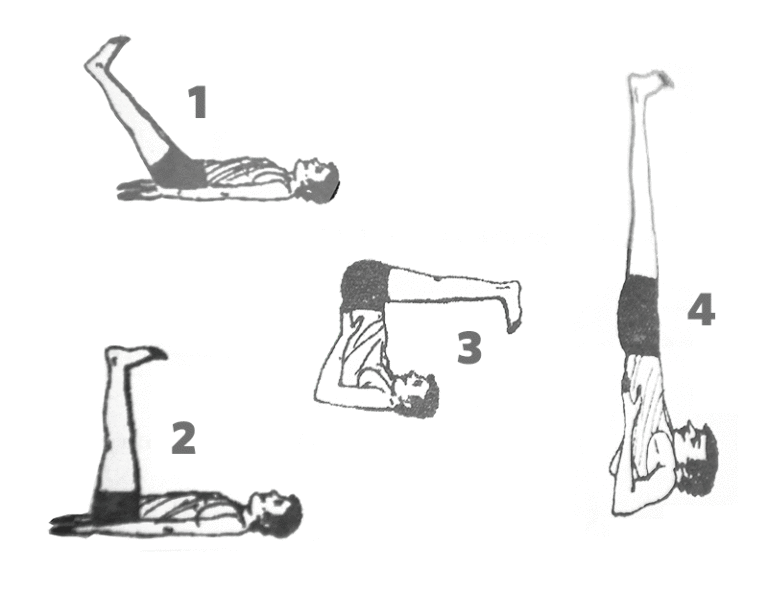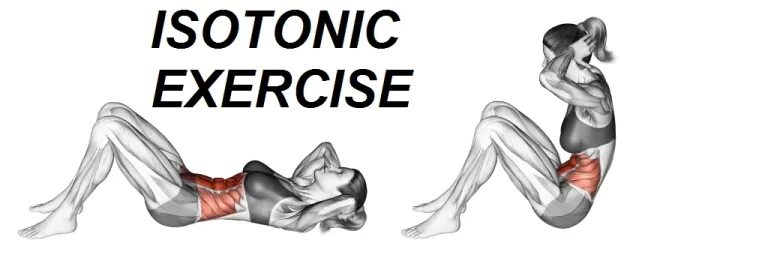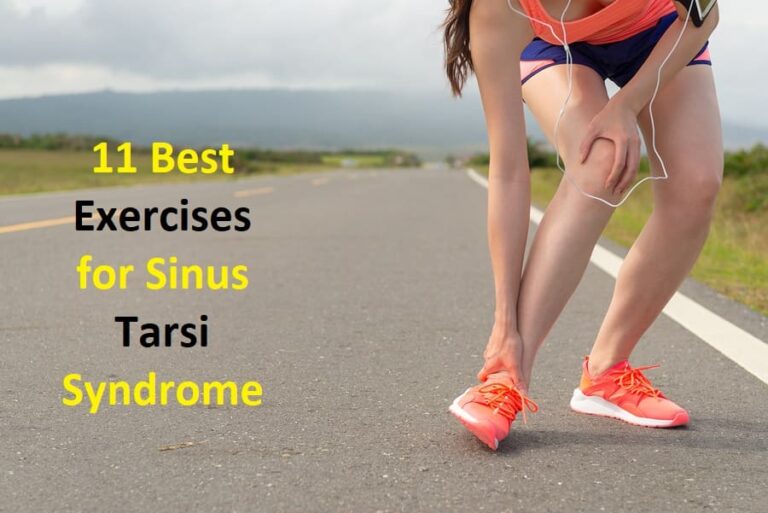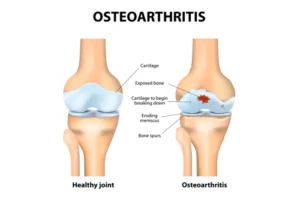17 Best Exercises For Wrist Pain
Introduction
- Wrist pain is likely to occur if you have arthritis or work in a job that requires a lot of typing. Wrist exercises might help you become more flexible and strong.
- Try these exercises to prevent wrist pain and relieve it.
- Simple stretches for the hands and wrists might help avoid injuries.
- Exercise can maintain the flexibility of your hands and fingers while strengthening your wrists.
- Every day, your hands are used for a multitude of duties, such as typing on a computer and holding a driving wheel.
- Your fingers and wrists may become weak and tight as a result of these repetitive activities.
The importance of stretching wrists and hands
- Exercises for the wrists improve flexibility and reduce the chance of injury. Stretching is advised as a prophylactic or to relieve minor discomfort.
- However, unless a medical specialist recommends them, individuals with severe joint damage or inflammation should not use them.
- This is because working out could endanger your hands or wrists more in those situations.
- Consult your physician before beginning any new exercises or therapies. It’s critical to identify the precise reason for your wrist pain initially.
Causes of Wrist Pain
- Wrist pain is more common in those who play sports or have jobs that need repeated wrist motion, such as using power tools, working on an assembly line, or typing on a keyboard.
- Medline Plus. wrist ailments and injuries.
- Wrist pain might result from an injury, a medical condition, or by exercising incorrectly.
Accidents or Medical Conditions
- Health issues or injuries might result in wrist pain.
- The condition known as carpal tunnel syndrome
- When there is a strain on the nerve that runs from your forearm to your palm
Cysts in the ganglions
- Tumors or lumps that are not malignant
- A kind of arthritis brought on by uric acid accumulation in the joints Breaks
A fractured wrist bone
- Another type of arthritis brought on by joint wear and strain is called osteoarthritis.
Strains
- A ligament injury
Stresses
- Damage to the tendons or muscles
The tendinitis
- If a tendon becomes inflamed Working Out
14 Best Exercises For Wrist Pain
Following are the best exercises To Relieve wrist pain and strengthen your hands
Prayer Stretch
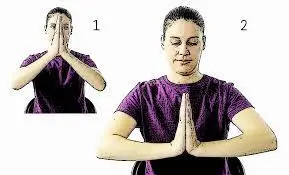
Steps To Follow:
- First, raise your hands in the praying position. They should be little lower than your chin.
- Approach your belly button with your hands slowly.
- You should feel the tension in your forearms and wrists.
- Hold for three or five times after thirty seconds.
Wrist Extensor Stretch
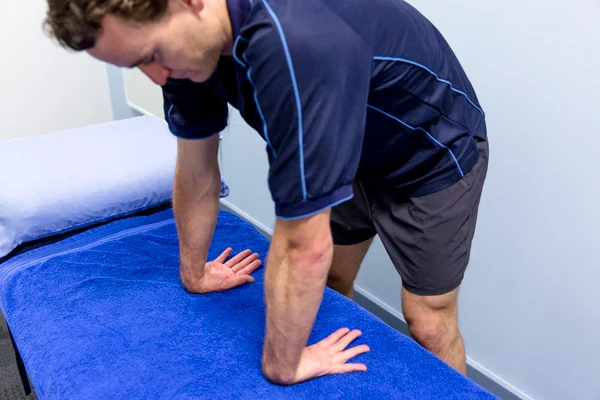
Steps To Follow:
- First, put both of your arms out in front of you. Make two fists, like you’re punching the air.
- Maintaining your arms straight, lower your fists.
- Apply it once again after ten seconds of holding.
Wrist Flexor Stretch

Steps To Follow:
- To start, make a fist with your hands and hold your arms out in front of you.
- Stretch out both hands as if you were pushing against a wall in front of you.
- Using your right hand, pull the fingers back on your left hand, and keep it there for ten seconds.
- With your other hand, repeat.
- Three times on each hand, repeat.
Wrist Rotation
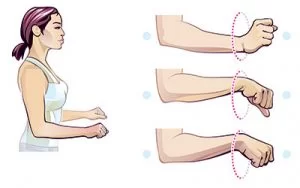
Steps To Follow:
- Lift one arm straight up in front of you so that the palm faces up.
- With your fingers, make a downward motion that resembles an inverted high five.
- Pull your fingers down with your other hand.
- Change to the opposite hand after holding this position for five seconds.
- Repeat 3-5 times.
Side-to-Side Stretch
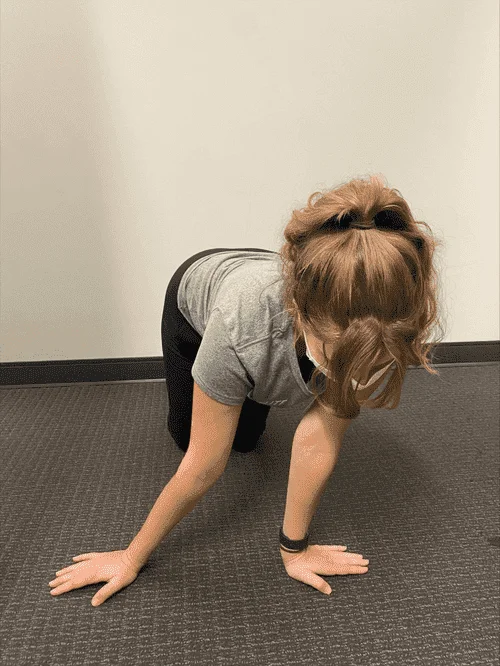
Steps To Follow:
- Start in the tabletop posture with your legs bent and your hands on the ground.
- Spread your fingers apart. Both should be facing apart from one another.
- While alternating sides, repeat 15 times.
Wrist Circles
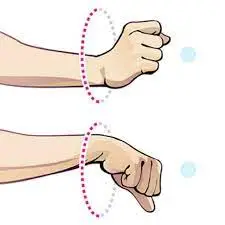
Steps to Follow:
- Place your hands on a table to begin. Give your wrists a little slack.
- With your wrist, form a clockwise circle.
- Next, draw an anticlockwise circle.
- Ten times over, repeat.
Tennis ball squeeze
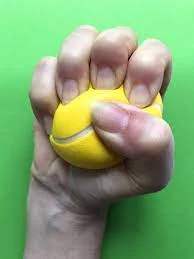
Steps To Follow:
- Squeeze a tennis ball or stress ball firmly for five to ten seconds.
- This shouldn’t cause any pain. However, it should strengthen your wrists.
Figure eights

Steps To Follow:
- Put your fingers together in front of your body.
- Make a figure-eight motion with your interlocked hands while keeping your elbows tucked into your sides.
- Turn your wrists completely to place one hand on top of the other in turn.
- Spend ten to fifteen seconds on this workout.
- After resting, carry on.
- Raise your arms over your head and clasp your fingers together, palms facing in.
- Turn your palms up so they face the ceiling with your fingers interlocked. You have the option of keeping your arms slightly bent or straight.
- Maintain the stretch.
- Lower your arms, then do it again.
Seated Clenched Fists
Steps To Follow:
- As you sit down, place your hands on your thighs. Put your palms up and face up.
- Make a fist with both hands gradually.
- Turn your wrist slightly so that it faces you.
- At all times, keep your arms resting on your thighs.
- For ten seconds, hold.
- Open your fists slowly.
- Five times over, repeat.
Palm Pulses
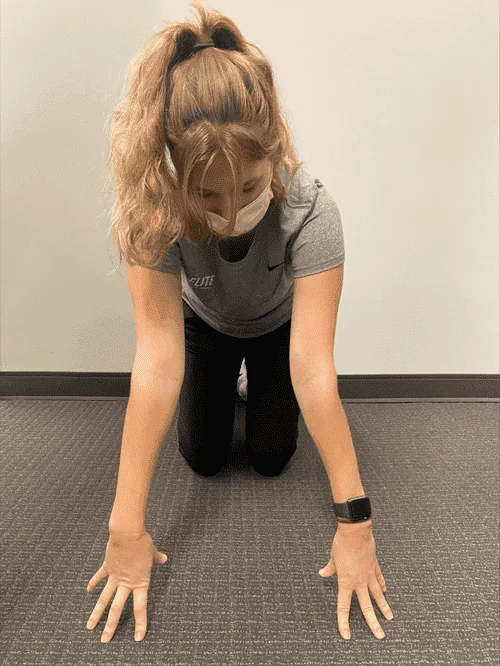
Steps To Follow:
- Start in the tabletop posture with your legs bent and your hands on the ground.
- Extend your fingers widely.
- Raise your palms above the ground while maintaining your fingers on the ground.
- You should feel up to fifteen pulsations or movements in your palms.
Thumb and Upper Wrist Stretch
Steps To Follow:
- Extend your right arm and make a fist around your thumb.
- Put your fist down, pointing towards the floor.
- You’ll feel a stretch in both your thumb and the top of your wrist.
- Hold for 10 seconds, then repeat with the other hand.
Figure Eight
Steps To Follow:
- Place your hands together and keep your elbows by your sides.
- Make a figure eight with your hands for ten seconds.
- As necessary, repeat.
Switch up your finger stretches
Steps To Follow:
- Join your ring and middle fingers together.
- Take the index and pinky fingers off of them.
- Ten times over, repeat the stretch.
Eagle arms

Steps To Follow:
- Reach your arms forward so they are parallel to the ground.
- Cross your right arm over your left, with your right arm in the lead.
- Extend your elbows.
- Put your right elbow in the left’s crook.
- Make sure your hands are touching each other’s backs.
- Swing your arms in a left-to-right motion. Your right hand’s thumb should pass through your left little finger. Ensure that your hands are facing one another.
- Raise your elbows, spread your fingers, and firmly push your palms together.
- The ceiling is where they ought to be aimed.
- As you raise your arms, fight the impulse to raise your shoulders as well.
- For 15 to 30 seconds, hold.
- Continue on the opposite side.
Workstation lever
Steps To Follow:
- Put your palms face up under a desk or table while you’re seated.
- Put your upper body down firmly on the desk’s base.
- For five to ten seconds, hold.
Play With Silly Putty
- Lastly, using therapeutic putty, also known as therapy, to play with will help strengthen the hand muscles that support your wrists. Use your fingers to roll, squeeze, and distribute the putty for a few minutes each day.
- Your fingers and grasp can get stronger by using therapy putty. According to a 2023 study, treatment putty helped patients with Hirayama Disease, a rare neurological condition that results in hand and forearm paralysis.
Stretch Your Forearms
To avoid wrist issues, stretching is crucial. Stretch your wrists and take breaks whenever you can. If you frequently use a computer, pay attention to how your wrist and keyboard are positioned. A painful wrist position might be exacerbated by not positioning your wrists comfortably.
Steps to follow:
- While maintaining a straight arm and elbow, bend the wrist upward and hold it there for 30 to 60 seconds.
- An effective stretching exercise to help release tension in the forearms is to reverse the action, bend the wrist down, and hold the position for an additional 30 to 60 seconds.
- Gently tug on your fingers with the other hand to increase the depth of the stretch.
Protect Your Wrists During Exercises
- When you’re ready to resume your strength training regimen, you can wear a wrist brace or wrap your wrists with athletic tape to protect them.
- Additionally, always keep your wrists in a neutral position. For instance, when performing bicep curls, make sure your wrists are perfectly straight as you curl the weight in the direction of your body. If your wrists are not aligned, you may be using too much weight.
- When performing push-ups, make sure your wrists are straight by using parallel bars or performing the activity on your knuckles.
Activities To Avoid
- A crucial step in the healing process is resting your wrists.
- If the pain is still there, stay away from stretches that need the wrist to be bent.
Stretches to stay away from could be:
- Dog facing downward
- Press-ups
- Boards
- Burpees
- Bench Presses
- Squats with free weights or a barbell in your cradle
- Bicep curls performed incorrectly
Further Advice for Treating Wrist Pain
Exercises stated above are not the only things you should do to prevent and treat wrist pain:
- Update your workstation: Invest in ergonomic gear if using a computer gives you wrist pain.
- An ergonomic mouse, keyboard, mousepad, etc. can significantly impact how well your wrists function.
Rest your wrists:
- If you have pain while engaging in a particular activity, such as playing sports or typing, stop and take a break.
- You can rest, stretch, or apply ice to your wrist during this pause.
- Utilise over-the-counter drugs: Over-the-counter painkillers can lessen pain and inflammation in the short term.
- Wrap your wrist or put on a brace: Remind yourself not to make your wrist pain worse by bracing or wrapping the wrist you are worried about using too much.
How To Treat Wrist Pain
If you suffer wrist pain for whatever cause, or soreness after activity, these changes can help relieve the uncomfortable symptoms.
Ice, rest, and massage
- Stopping any workout that aggravates the wrist should be the first step.
- You must stop the inflammation in order to prevent more harm from happening.
- It is suggested that you massage your forearm muscles lightly to release tension and apply ice to your wrists daily to aid in their healing. To relieve some of the strain on the joints, you may also think about using wrist splints.
- Try over-the-counter (OTC) pain medicines, such as nonsteroidal anti-inflammatory drugs (NSAIDs) like Advil or Aleve, to help with the pain.
Consult a Local Wrist Specialist for Assistance
- Please stop or modify any of these exercises if they are causing you pain in your hands or upper extremities. See one of our hand and upper extremity experts if you’re having wrist pain.
- Our doctors can help you with treatment choices and make referrals to a physical therapist if necessary.
Conclusion
A few easy stretches might help reduce or even eliminate hand pain. In the first instance, especially if you have an injury, find out from your doctor if these stretches are safe for you. Don’t be afraid to set aside some time each day to complete these stretches once you’ve been given the all-clear, particularly if your job involves spending hours at a keyboard. Your hands will be appreciative!
FAQs
What is the quickest method for treating wrist pain?
Put your wrist to rest. Keep it elevated above the level of the heart to minimize any swelling.
On the sore and swollen area, use an ice pack.
Utilise over-the-counter analgesics like acetaminophen, naproxen, or ibuprofen.
Ask your doctor if it’s acceptable for you to wear a splint for a few days.
If it hurts, should I stretch my wrist?
Stretching is advised as a prophylactic or to relieve minor discomfort. However, unless a medical specialist recommends them, individuals with severe joint damage or inflammation should not use them. This is because working out could endanger your hands or wrists more in those situations.
Is wrist discomfort better with exercise?
Wrist pain is likely to occur if you have arthritis or work in a job that requires a lot of typing. Wrist exercises might help you become more flexible and strong.
When does wrist pain go away?
The degree of the injury determines how long it takes for a wrist sprain to heal. While a severe sprain may require several months to heal, a grade 1 sprain may mend in as little as one or two weeks.
References
- Von Rutenberg, M. (n.d.). Exercises for Wrist Pain: Elite Sports Medicine + Orthopedics: Orthopedics. Burton F. Elrod, M.D. https://www.eliteorthopaedic.com/blog/wrist-pain-exercises
- Stretches for Wrists and Hands. (2019, May 14). Healthline. https://www.healthline.com/health/chronic-pain/wrist-and-hand-stretches#simple-stretches


